The Ruins of Polonnaruwa, Part I
Travel Insurance For Sri Lanka
You’ll want to get an early start when you visit the ancient city of Polonnaruwa, for a few reasons. Mornings are cooler. The later the day gets, the more tourists arrive. And the archaeological site is so large that, even with a bike, you’ll need an entire day to see everything. But the chief reason is that you’ve just paid $25 to enter. And damned if you’re not going to get every single rupee’s worth.
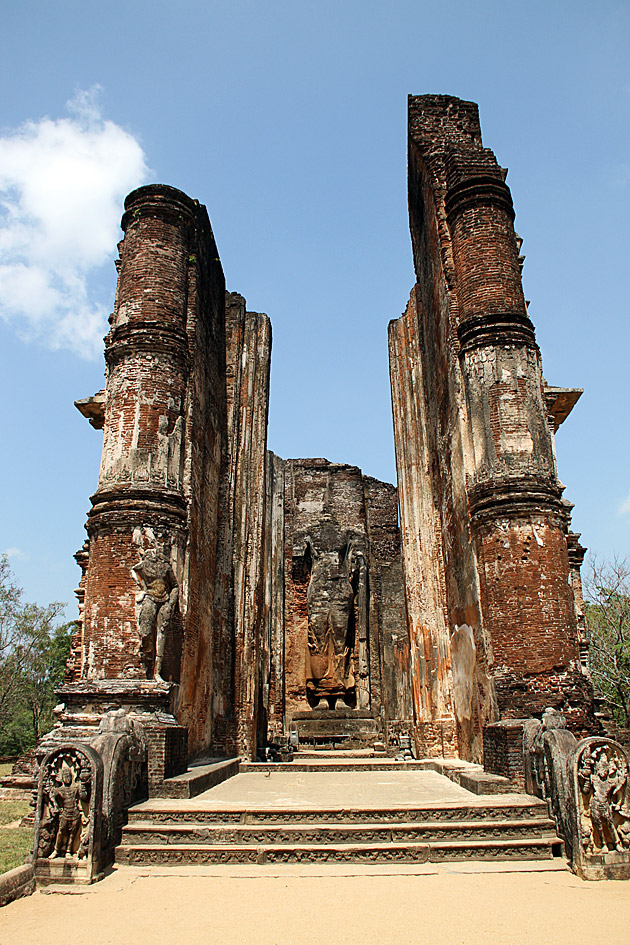
You might assume that tickets would be sold at site’s entrance gate, but then… you might have forgotten what country you’re in. No, you have to make your way to the Archaeological Museum, which isn’t anywhere near the entrance. At 8am sharp, we stepped up to the desk and, with big grins plastered on our faces, plopped down $50 for two day passes. “Any chance we could get a map?” No map. “Or some information about the ruins?” No info. “How about a hug?”
Our plan was to bike to the northern end of the site (nearly 2.5 miles in length), and work our way back towards the south. This turned out to be a good idea; we were completely alone for the first part of the day, and had a good sense of the park’s layout before checking out specific sights.
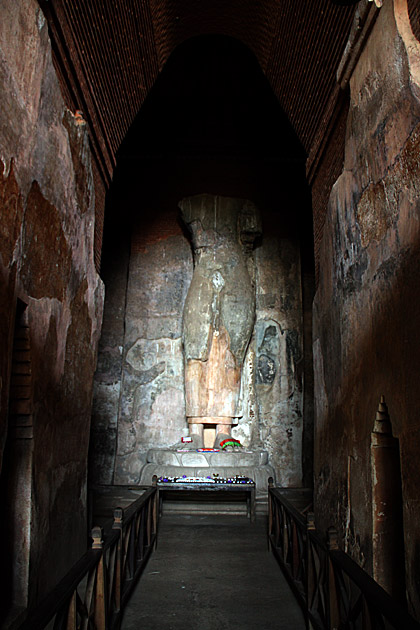
First up was the amazing Tivanka-patamaghara image house. The exterior, under a heavy layer of scaffolding, was difficult to appreciate but the interior was breathtaking. Tivanka means “thrice-bent”, referring to the sassy pose of the giant Buddha housed within (bent at shoulder, knee and waist). There was also an impressive collection of original paintings on the walls.
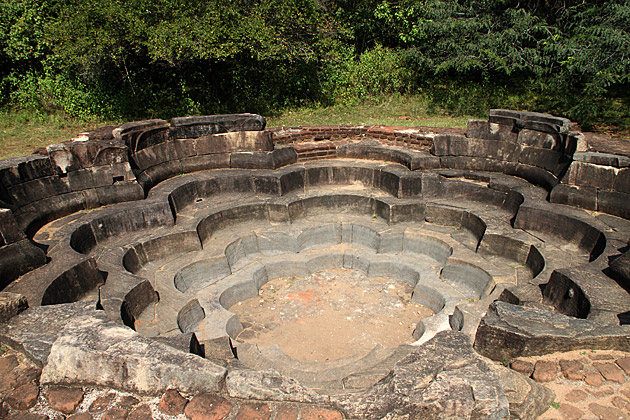
One of our favorite sights in Polonnaruwa was the modest and graceful lotus-shaped pond, near the image house. Still in a remarkable state of conservation, this was thought to be used for ritual baths. It would make an awesome hot tub.
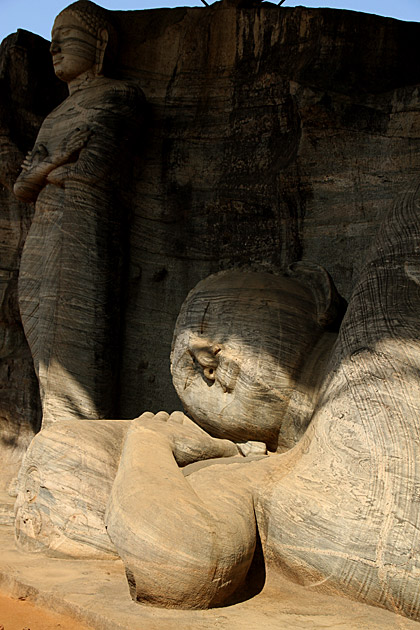
Probably the most famous of Polonnaruwa’s ancient monuments are the four Buddhas of Gal Vihara. Carved from a single rock, these statues are beautifully upheld; the massive reclining Buddha is especially revered. Unfortunately, these amazing relics of the past have been shielded from the sun by an enormous roof of concrete and steel: a modern monstrosity which ruins the magic of the place, and ensures that the statues can never be properly photographed.
Further south, we found the remains of the Alahana Pirivena monastery. These included the Kiri Vihara, a nice-looking white stupa, and the awesome Lankatikale which is a temple that protects a giant headless Buddha statue between its narrow walls (seen in the top pic). A bit further south is the Buddha Seema Pasada chapter house.
The ruins of Polonnaruwa are nicely preserved and the light forest setting is quite beautiful. After we had explored the Buddha Seema Pasada, though, the crowds began to appear. Whereas we were always able to find pockets of solitude in the extensive grounds of Anuradhapura, there was no escape in Polonnaruwa. Weary, we sat down at a canteen near a large pond, for coconut and rotti. This bit of rest and relaxation was vital — we weren’t yet halfway through the ruins, and still had a long day in front of us.
More Ruins of Polonnaruwa Photos
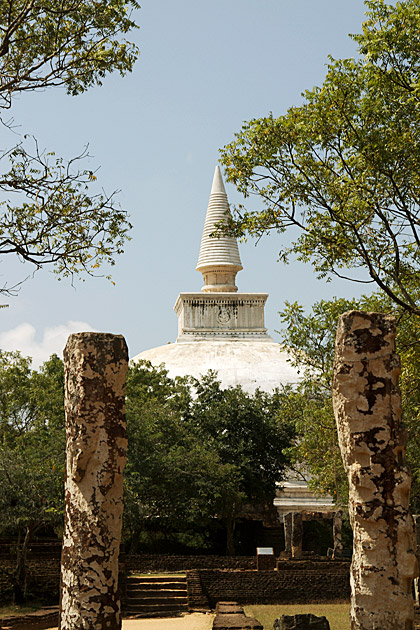


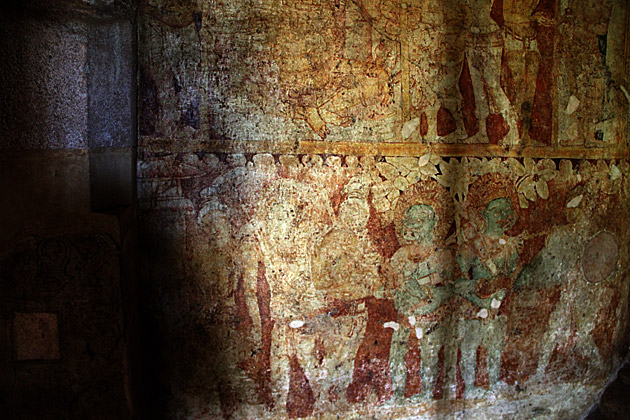

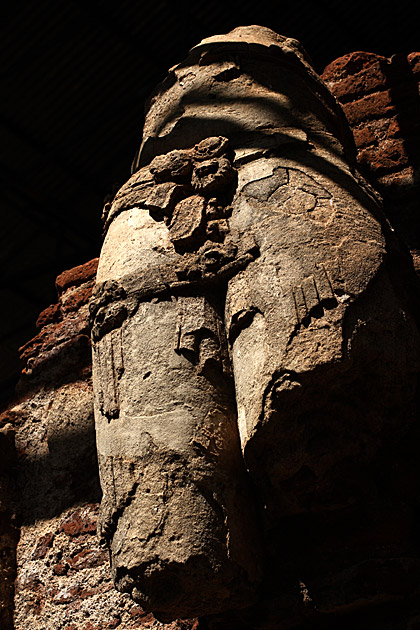
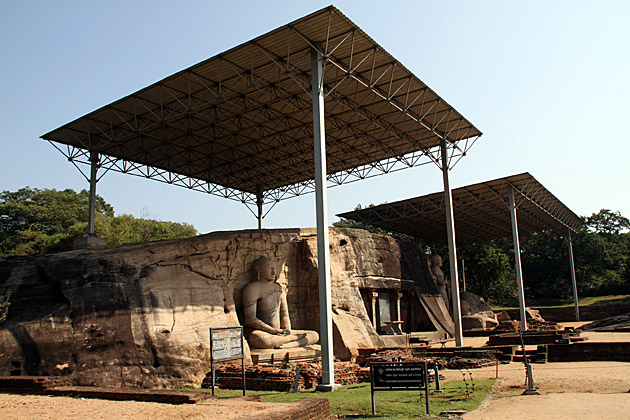

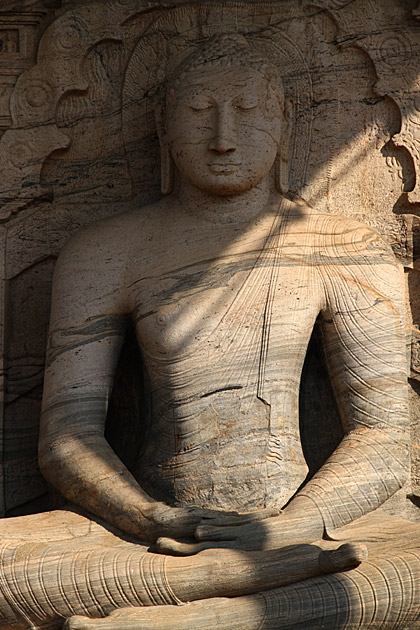
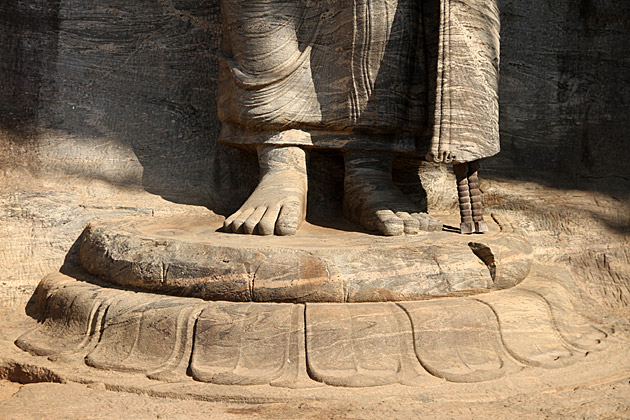

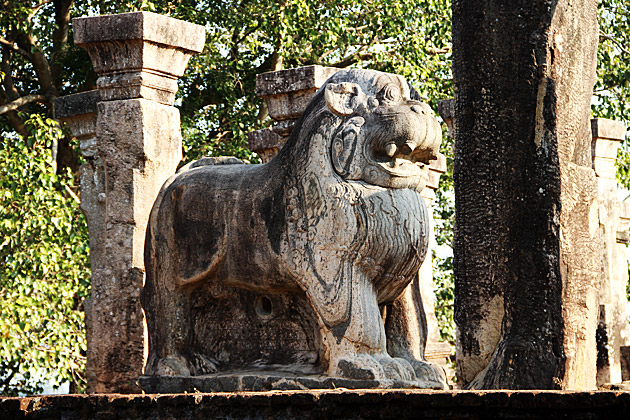
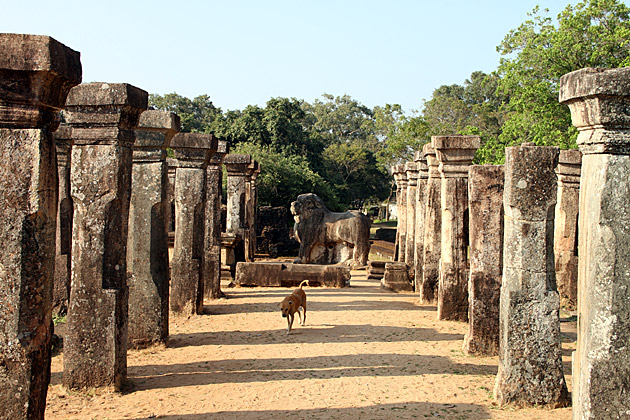
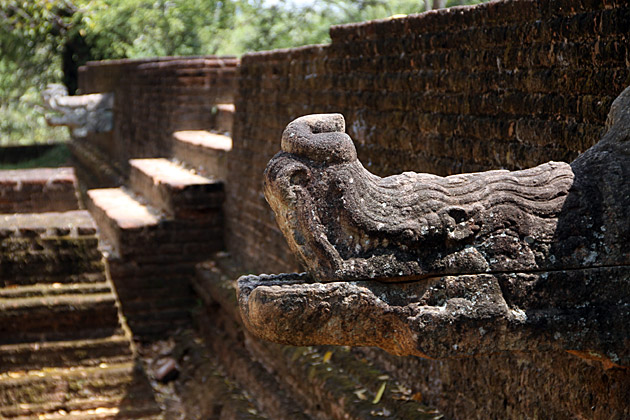
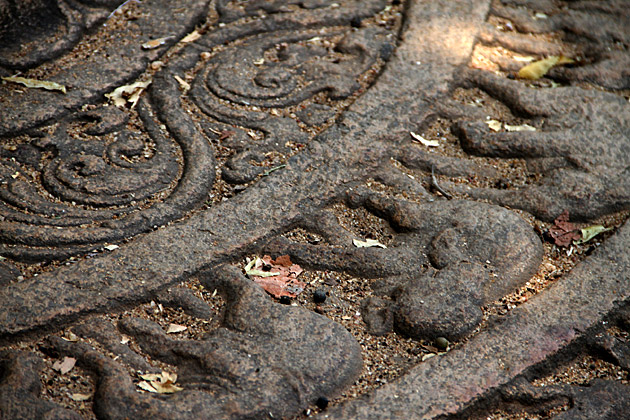

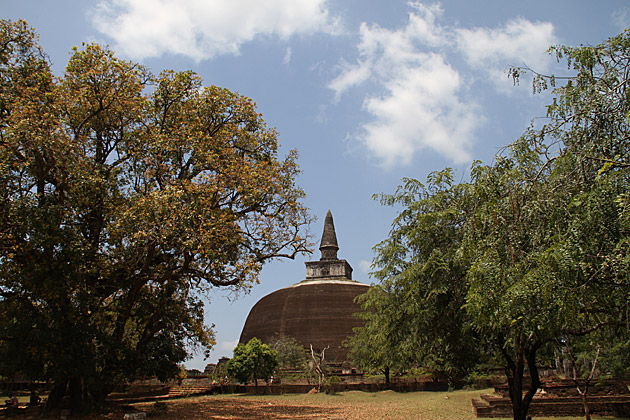


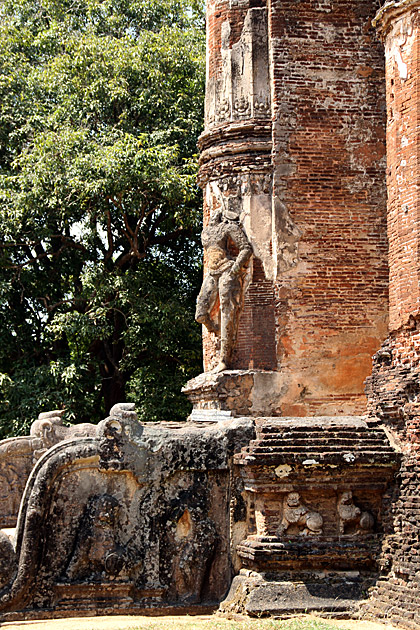
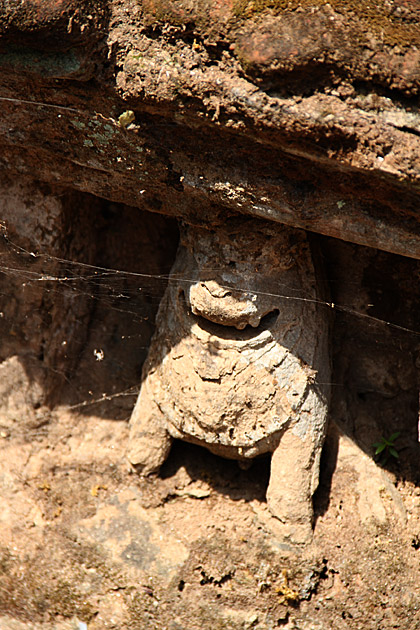

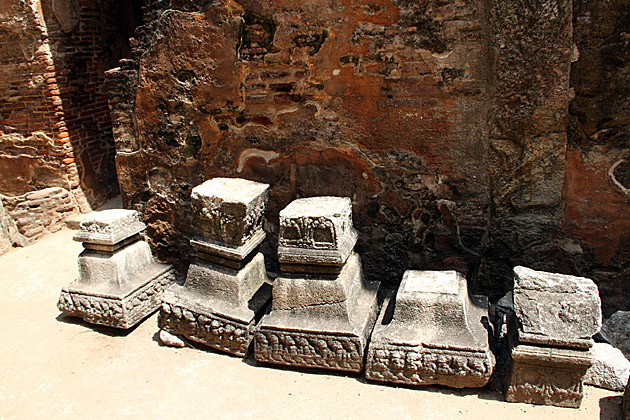

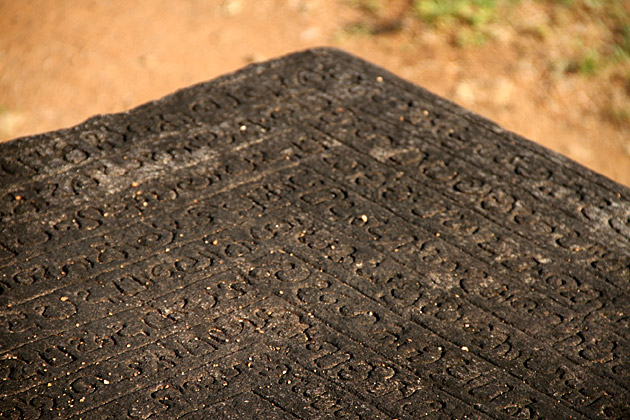
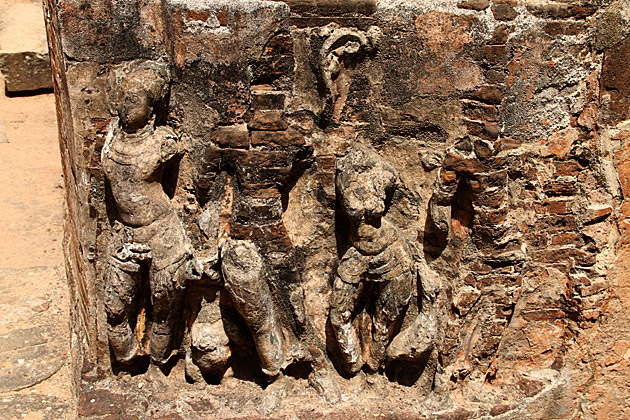
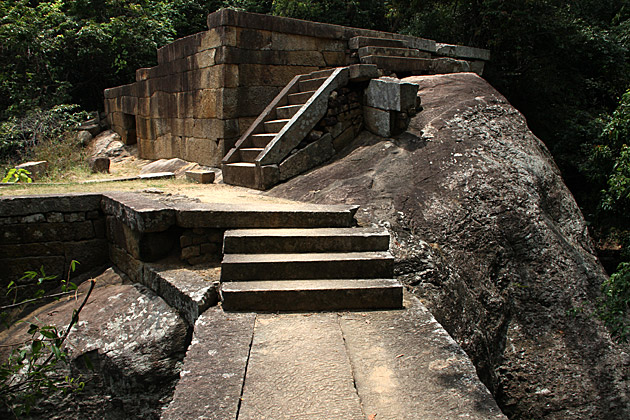
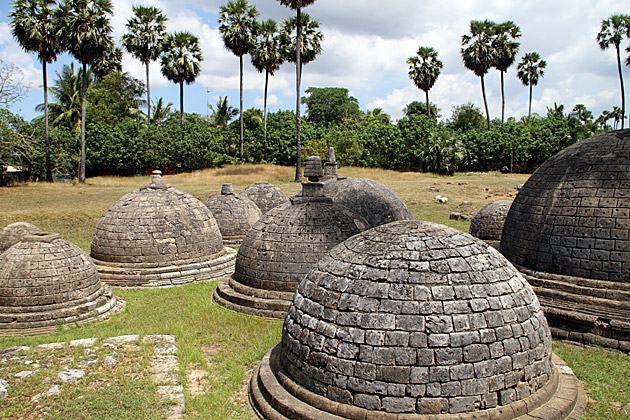
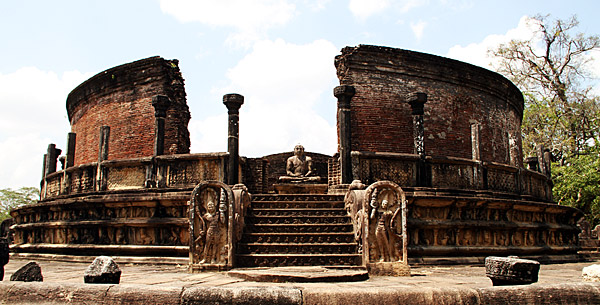

Sri Lanka is progressing in my wish list .Gracias !!!!
Pingback: The Ruins of Polonnaruwa, Part II | For 91 Days in Sri Lanka – Travel Blog
Firist i apologise as a Sri Lankan for your inconvenience faced at Polonnaruwa. i have been to a lot of British and some other countries museums. I apriciate how well they are organised.
Most of our archeological sites are like that. They are government servents. They dont care whether you come or not. At least they should have a ticket counter near the gate.
sarath
where is Part 2? or did you not get around to writing it?re quite places in Pollonaruwa site…it is possible to find them, need to get off the gravel tracks and walk. we walked behind the Alahana pirivena site, just parellel to the gravel path and…not a soul. just us and the ruins ( the backside!!)anywey, great that you had a good time!
Thanks for the comment! Part 2 is the very next post: https://srilanka.for91days.com/2012/04/10/the-ruins-of-polonnaruwa-part-ii/
polonnaruwa is well conserved site keep it up .
polonnaruwa is well conservedsite